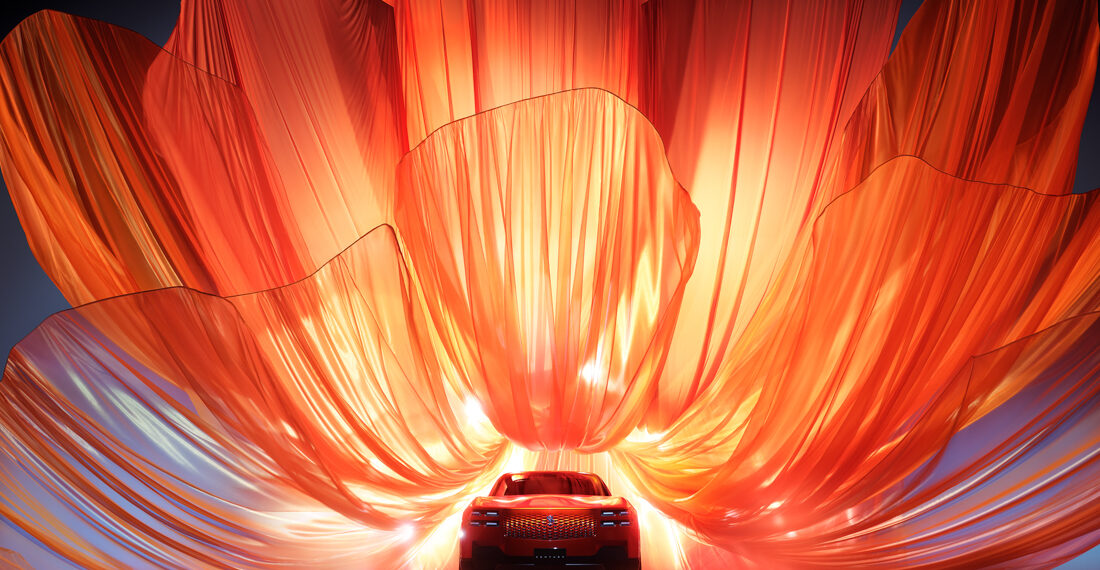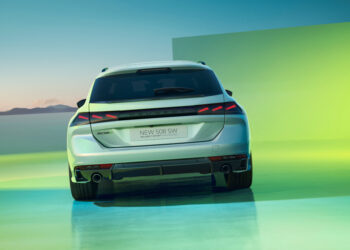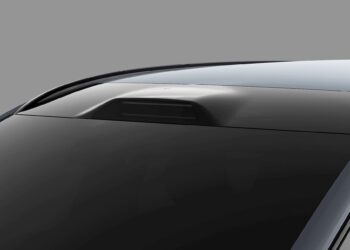This year’s Tokyo Mobility Show, taking place from October 30 to November 9, promises to delight enthusiasts of less (or not at all…) conventional automobiles, and Toyota seems to be one of the manufacturers that will compete the most to make this happen. Alongside the prototypes that are expected to preview the new generations of the Toyota Corolla (which appears to be taking a radical turn) and the Lexus LS (now in a minivan format), the world’s largest automaker will unveil a prototype that is, at the very least, intriguing of what is expected to be the first Century in a coupe format – the sedan that, since 1967, has represented the pinnacle of its luxury offering, to which, in 2023, the ultra-luxurious SUV format Century was added, sold only in Japan and China.
Adopting a radically different concept from the Centuries of the past, traditionally large three-volume, four-door sedans, this concept features imposing dimensions, sliding doors, is devoid of central pillars, and claims to have rear seats, given that, on the passenger side, there is a third sliding door, shorter than the front ones. In fact, a closer observation of the first images released seems to indicate that the driving position is central, and the rectangular steering wheel, perhaps so that the “driver” can sit in a dominant position at the front, while their “illustrious” passengers settle comfortably in the back – since, despite the descending roofline, the height is unusually high for a coupe, quite possibly to ensure that there is ample headroom for those traveling in the rear.
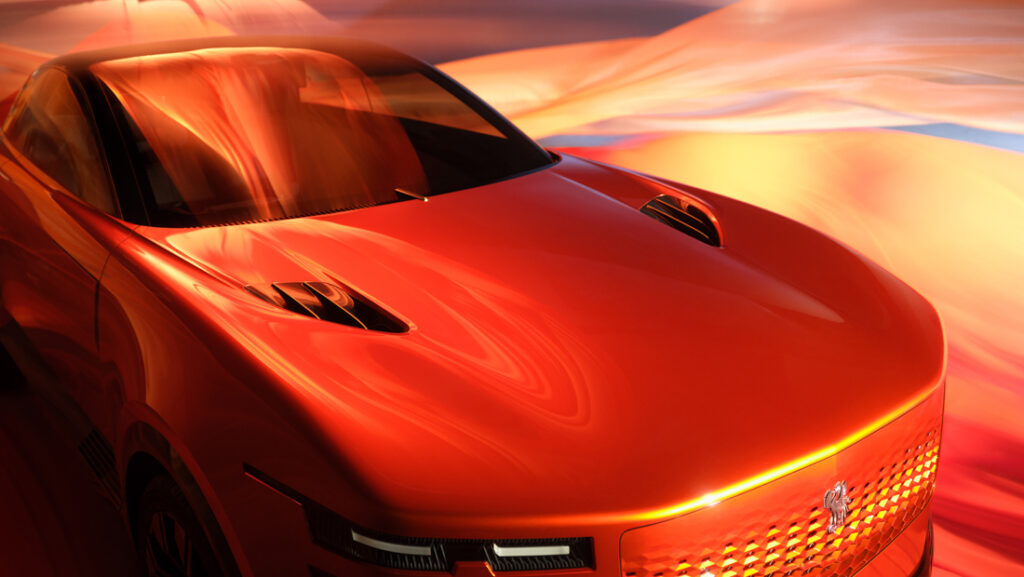
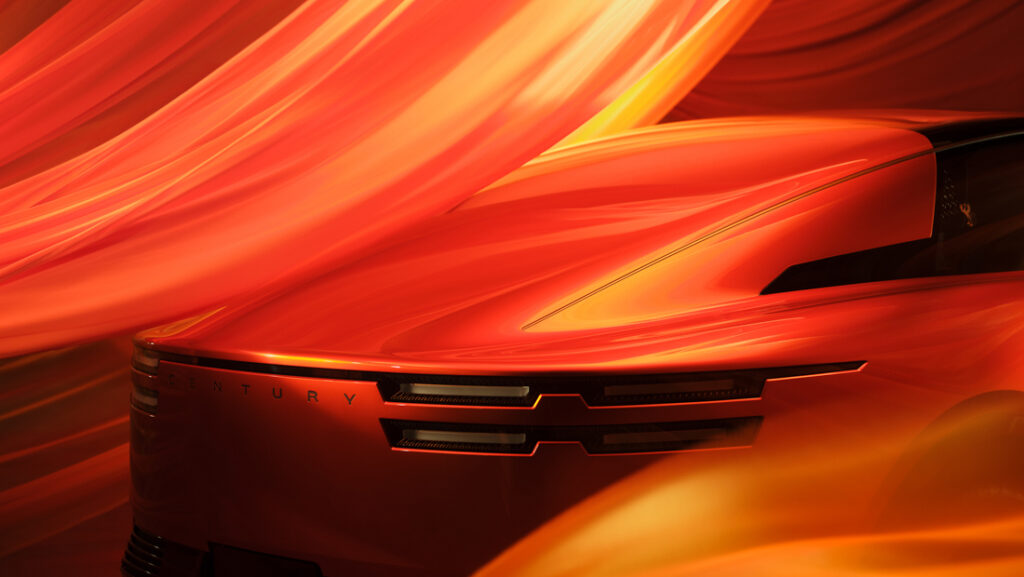
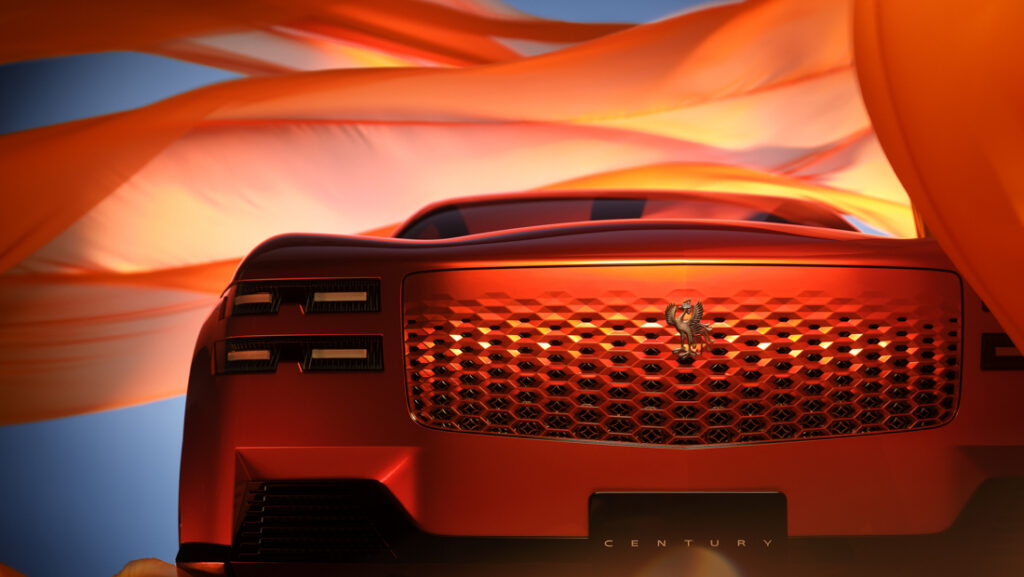
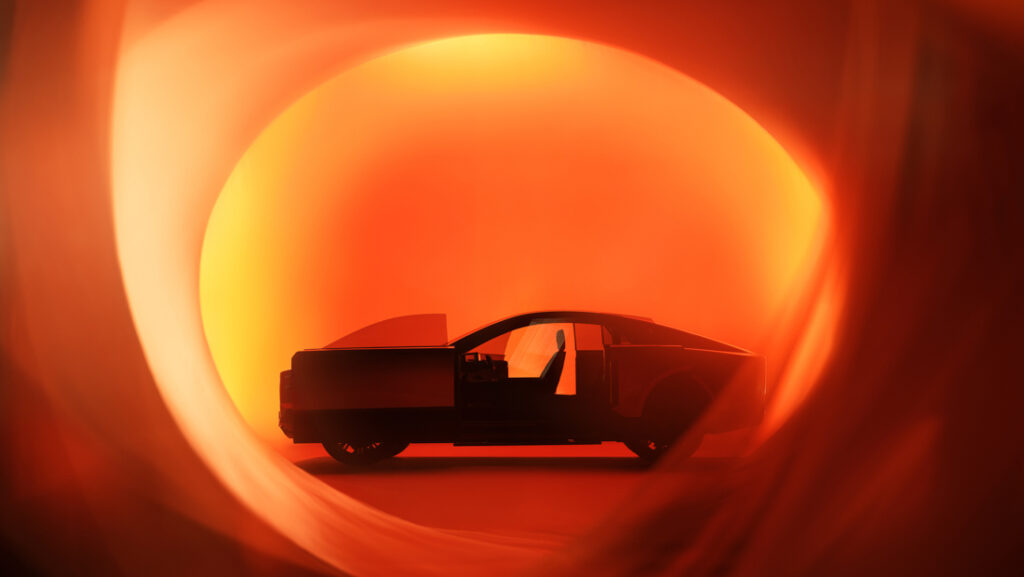
At the same time, similar to what was introduced by the Polestar 4, there is no rear window; the dual optical groups, both at the front and the back, give the vehicle a striking visual signature; and the openings on the hood, as well as the not fully closed front grille, with the phoenix emblem in the center, leave open the possibility of being powered by an internal combustion engine, with varying degrees of electrification. Finally, in keeping with the status of the Century (marketed as if it were an independent brand positioned above Lexus), there is no mention of Toyota on the bodywork.
It remains to be seen whether the phrase “One of one,” which accompanies the now unveiled images, means that the model to be presented in Tokyo is a unique specimen, perhaps destined for a particularly wealthy client, or if it aims to convey a novel concept that has now been introduced. This is because, should there be a production version, it is possible that it will be reserved for the domestic market, or that it will finally serve to expand the number of destinations to which the Century is exported, as some rumors suggest is Toyota’s intention.
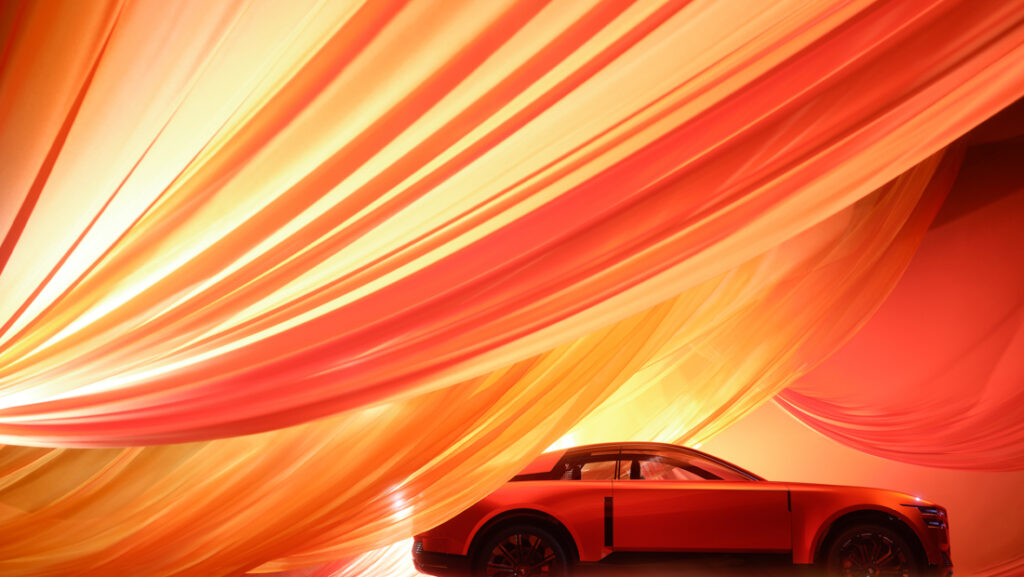


The baptismal name of the most luxurious vehicle produced by Toyota derives from the fact that it was originally created to celebrate the centenary of Sakichi Toyoda (born on February 14, 1867), founder of Toyota Industries, and father of Kiichiro Toyoda, creator of its subsidiary of the same name dedicated to automobile manufacturing. Throughout its nearly six decades of existence, the Century has been a large three-volume, four-door sedan, with a front longitudinal engine and rear-wheel drive, becoming (between 1997 and 2018) the only Toyota equipped with a V12 engine (then returning to the original V8 architecture, but this time with hybrid technology).
It has always been primarily intended for the Japanese market, and little more, being frequently used as a representation vehicle by the Imperial House of Japan (in the Century Royal version), by the Japanese Prime Minister, and by other high-ranking individuals and important business people in the country. Currently in its third generation, unveiled at the 2017 Tokyo Motor Show (available only in the local market, with production limited to 50 units per month, largely handcrafted), it received, in 2023, the company of an SUV that also carries the Century brand: known as the “New Century” (Toyota avoids the designation “Century SUV” at all costs, preferring to consider it a new concept of mobility for those who are driven by a chauffeur), it is sold only in Japan and China, features a plug-in hybrid powertrain based on a 3.5-V6 engine, and, despite all the refinement and opulence it offers, can be considered the luxury derivative of the Toyota Grand Highlander and Lexus TX, with which it shares the front-wheel drive GA-K platform.

